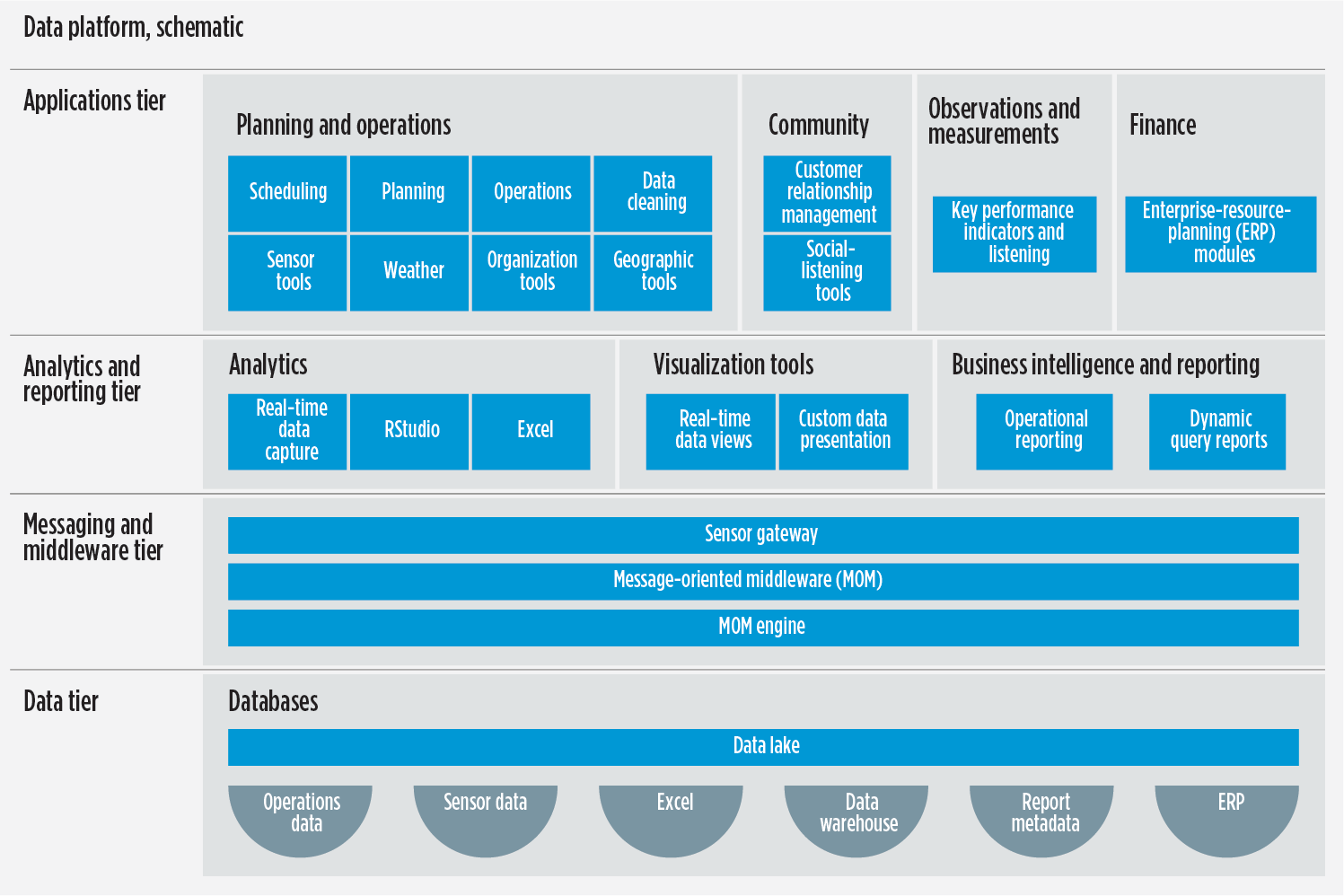Technology improves the quality of life and enhances problem-solving. But then, again, its misapplication can defeat its original purpose.
A technological wave of new software and hardware innovations and developments is reshaping data analysis and connectivity. Investment groups are actively seeking companies that use data-based decisions in their planning strategies. Fully utilizing manufacturing/processing information is viewed as a risk-reduction plan.
Big data, AI, ML, and the cloud fill the headlines of many papers and articles suggesting ways in which companies should invest in digitalization and optimize data management. Yet, companies are pressured to find any and all edges to reduce operating/maintenance costs, improve spending efficiency, and increase profitability.
Finding knowledge from the weeds
Processing and manufacturing companies have always collected data from their operations. Unfortunately, it is locked away in databases or archived in historians. Too often, needed critical information is difficult to access or use.

Figure 1. The data platform is a complex system with multiple contributors and users.1 Source: McKinsey & Company; copyright 2018, all rights reserved.
Innovation and hard work have resolved the data “silo” situation. Advanced analytics software, industry internet of things (IIoT), cloud computing, and digitalization continually remove connectivity barriers and provide platforms that allow the seamless flow and access of process data by many user groups, as illustrated in Figure 1 (1). New analytic solution tools enhance the capability to extract, cleanse, analyze, and contextualize data from various sources into useful and visual formats.
The need to find information from the volumes of collected data has created a new industry. Analytic solution companies are tackling the big data and analysis problem. A Goldman Sachs report reviewed the impact that these new analytic-solutions companies are providing for the upstream industry, as well as the targeted application areas (2).
As indicated by the Goldman Sachs report, digitalization of data will redefine, if not transform, business activities and models, accelerate decision-making, and enable better leveraging of assets.2 Before committing to an analytics solution, remember the lessons-learned from past software installations. Misapplication has been the root cause for too many failed projects.
Expect change
The digital transformation will involve the workforce (Figure 1). As new business models are developed and supported via digitalization, the job duties of employees will also evolve, and new roles will be created. Advanced technologies and methods are essential in the digital transformation of a business. However, successful transformations are really a people thing. Before settling on an analytics solution, the project should investigate how the data will be used and interview the data users to gain a deeper understanding of the staff’s role within the process.
People first, then software
Empowering the user is the main goal for any data analytics project. Notably, process engineers or plant subject-matter experts should be the preferred individuals to manage the data issue. They are closer to the data and are the first users of the analysis findings.
According to Seeq, a provider of process analytics solutions, “If you give the right tools to the right people, you can immediately see positive results.”(3)
Relying on contractor data scientists may not yield the desired project goals. More importantly, doing some investigation on data end-users may uncover a more sustainable solution.
At least, start with the end in mind. Many factors influence data collection, selection, and quality before any decision-making occurs. Focusing on how the data will be collected, cleansed, analyzed, visualized, and distributed to decision-makers will aid in finding possible hidden obstacles that could hinder project success.
According to Dr. Simon Sheather, Dean of the Gatton College of Business and Economics at the University of Kentucky, “There is an innate distrust of ‘black box’ solutions, and the lack of transparency in analytic solutions and software. Big data analytics models are sophisticated; yet, they must also be simple enough for practitioners to use and understand.”
Data users demand transparency of the process in order to build trust in the system and the results.
Change is difficult
Digitalization will be the norm for future business. How much pain will be encountered along the process will be directly related to the project’s approach and team members assembled to implement digitalization across the enterprise.
According to a recent McKinsey & Company Report, “Ensure you focus on people and processes, not tools. No matter how advanced the tool, it will be worthless without the talent and structures for managing and using it.” 1
Literature cited
1Booth, A., et al., “Building a great data platform,” McKinsey & Company, August 2018.
2Singer, B., et al., “Shale innovation: Brawn to Brains to Bytes,” Goldman Sachs Equity Research, June 2017.
3Seeq, “5 Questions to ask when selecting a process manufacturing analytics solution,” 2017.
